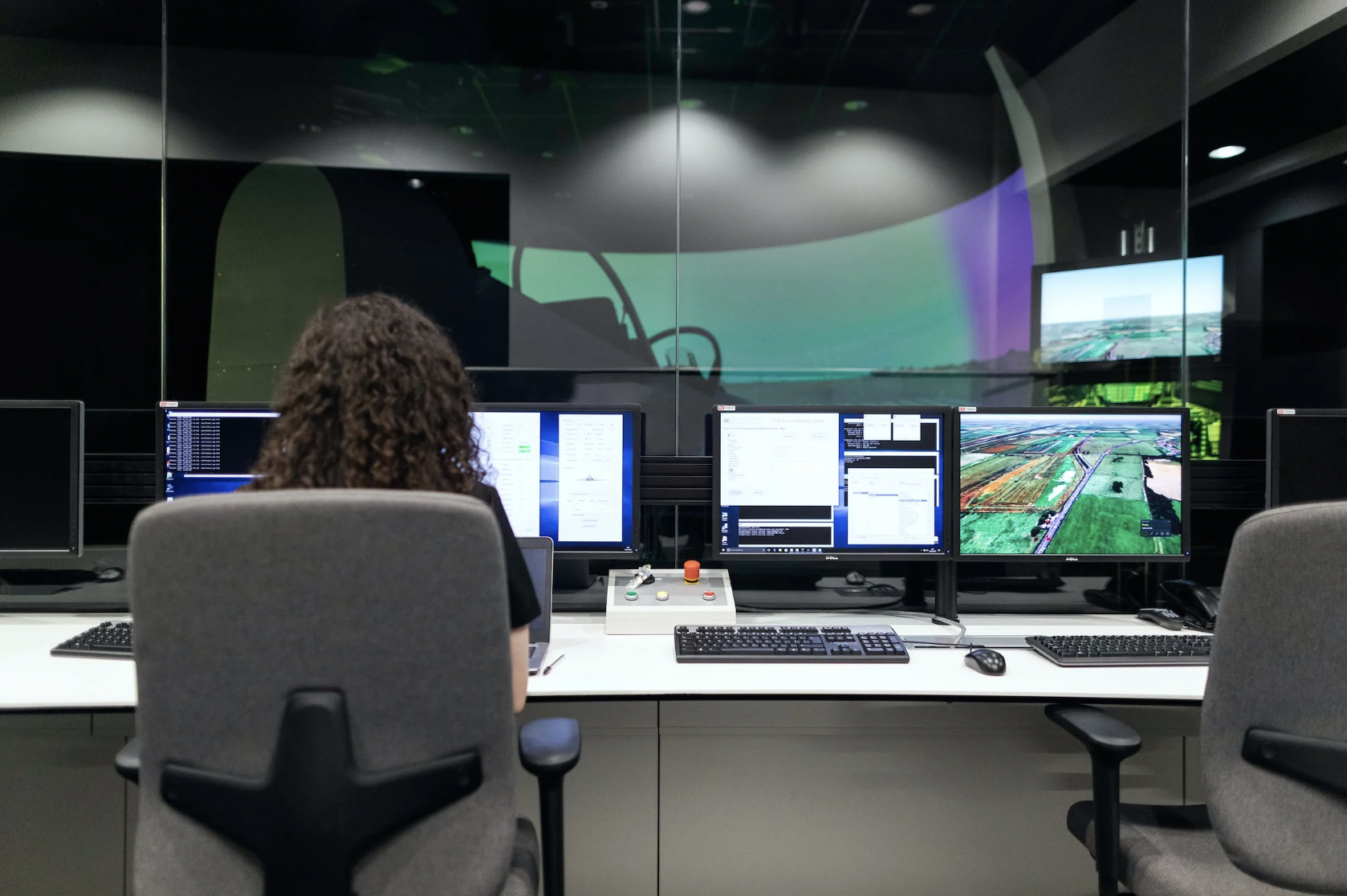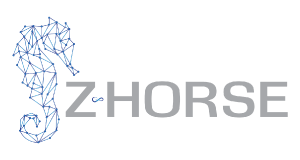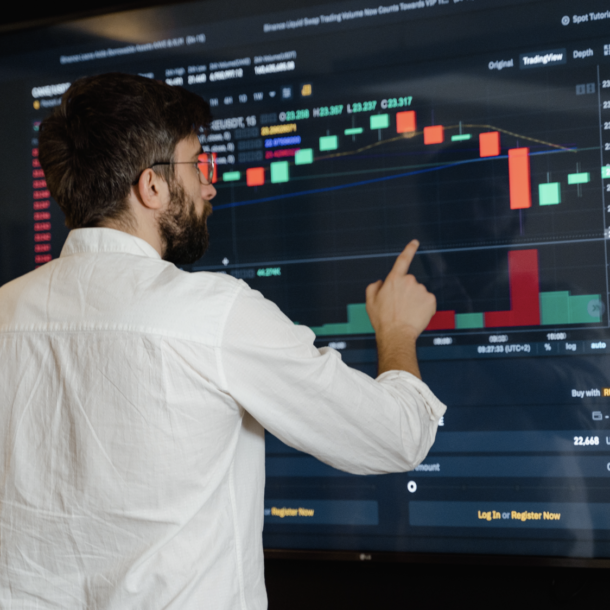
Controls Monitoring – a Critical Success Factor in GRC.
Introduction:
Welcome back to our blog series on adopting a Governance, Risk, and Compliance (GRC) mindset. The previous articles discussed risk appetite, tolerance, identifying and prioritizing risks, and developing controls. Now, we delve into the critical topic of monitoring and reporting on controls within a GRC program. Effective monitoring and reporting mechanisms ensure that controls function as intended, maintain compliance, and manage risks. In this article, we will explore the key steps involved in establishing a robust monitoring and reporting framework for your GRC program.
1 - Importance of Monitoring and Reporting:
Monitoring and reporting on controls play a pivotal role in a GRC program’s success. They provide visibility into control effectiveness, regulatory compliance, and the overall risk landscape. By actively monitoring controls, organizations can identify control deficiencies, potential gaps, and emerging risks promptly. Reporting allows stakeholders to assess the state of controls, make informed decisions, and demonstrate compliance to internal and external parties, such as auditors, regulators, and shareholders.
2 - Establishing a Monitoring Framework:
Developing a comprehensive monitoring framework is crucial for effective control oversight. This framework should outline the processes, tools, and metrics used to monitor controls. Consider the following steps: a. Define Monitoring Objectives: Clearly articulate the objectives of control monitoring, such as identifying control weaknesses, validating compliance, and detecting anomalies. b. Identify Key Control Indicators (KCIs): KCIs are metrics or key performance indicators (KPIs) that provide insight into control performance. Select KCIs based on control objectives, risk levels, and regulatory requirements. Examples include control testing results, incident reports, exception logs, and compliance assessment scores. c. Establish Monitoring Frequency: Determine how frequently controls should be monitored based on their criticality, risk exposure, and regulatory demands. High-risk controls may require more frequent monitoring. d. Assign Responsibility: Designate individuals or teams responsible for monitoring specific controls. This ensures accountability and fosters a proactive approach to control oversight. e. Implement Automated Monitoring: Leverage technology, such as GRC software or control automation tools, to streamline monitoring processes, facilitate data collection, and enable real-time tracking of control performance. f. Exception Management: Define protocols for handling control exceptions or deviations. Establish processes to investigate and remediate exceptions to prevent potential adverse impacts promptly.
3- Reporting on Control Performance
Reporting provides a structured approach to communicate control status, compliance achievements, and potential issues. Consider the following best practices: a. Develop Reporting Templates: Create standardized reporting templates that capture relevant information, including control descriptions, monitoring results, key findings, remediation actions, and compliance status. b. Tailor Reports for Different Audiences: Adapt reports to suit the needs of various stakeholders, such as management, board members, auditors, and regulators. Customize the level of detail and technicality based on their requirements and expertise. c. Frequency and Timeliness: Determine the frequency of reporting based on stakeholder expectations and regulatory obligations. Ensure that timely reports provide up-to-date information on control performance and compliance status. d. Visual Presentation: Utilize visual aids, such as charts, graphs, and dashboards, to enhance the clarity and impact of control performance reporting. Visual representations make complex information more digestible and facilitate data-driven decision-making. e. Actionable Insights: Reports should not be mere data dumps. Provide meaningful analysis, highlight trends, and offer actionable insights for stakeholders. This enables them to make informed decisions, prioritize remediation efforts, and allocate resources effectively.
4-Continuous Improvement:
To ensure the effectiveness of monitoring and reporting on controls, establish a culture of continuous improvement. Regularly evaluate the monitoring framework and reporting processes to identify opportunities for enhancement. Seek stakeholder feedback, review key findings from audits or incidents, and incorporate lessons learned into future iterations of the GRC program.
Conclusion:
Monitoring and reporting on controls are indispensable components of a robust GRC program. Organizations can enhance control oversight, maintain regulatory compliance, and proactively manage risks by establishing a comprehensive monitoring framework, leveraging automated tools, and implementing effective reporting practices. Monitoring and reporting should be dynamic and aligned with the evolving risk landscape and compliance requirements. With a diligent approach to control oversight, your organization can achieve greater transparency, accountability, and resilience in its GRC efforts.

(800) 519-9078
New Jersey
116 Village Boulevard, Suite 200
Princeton, NJ 08540
(800) 519-9078

